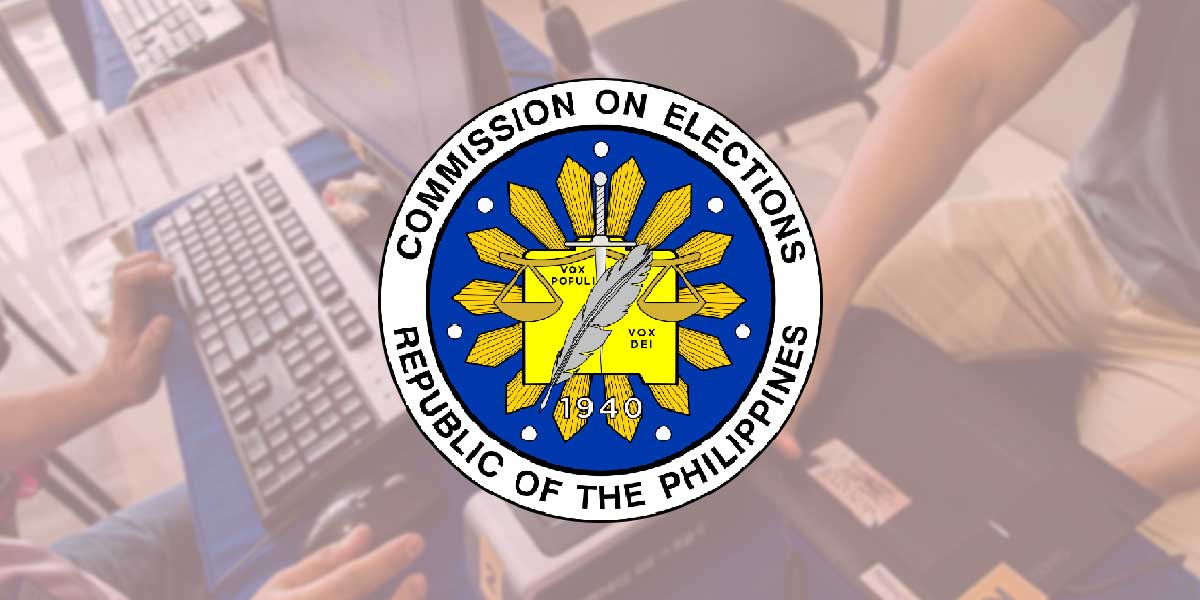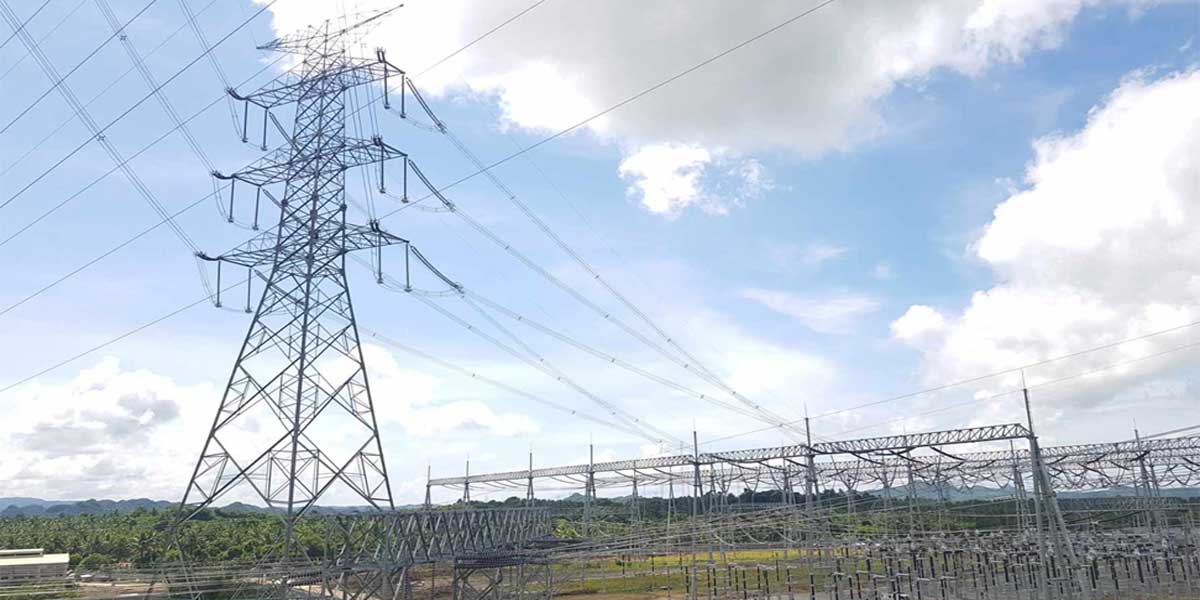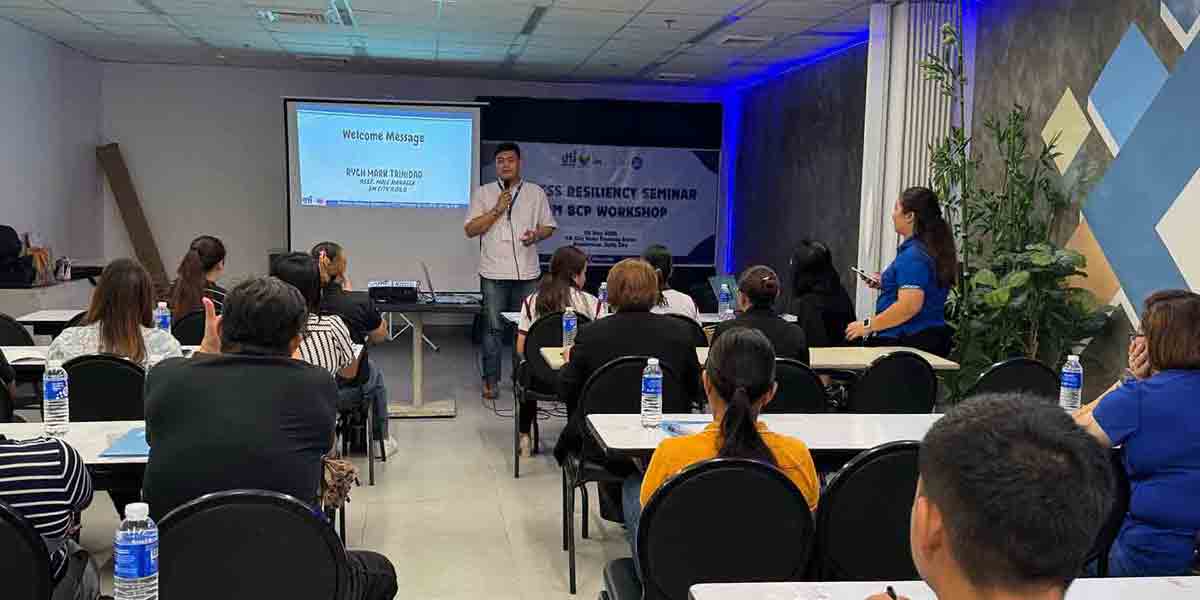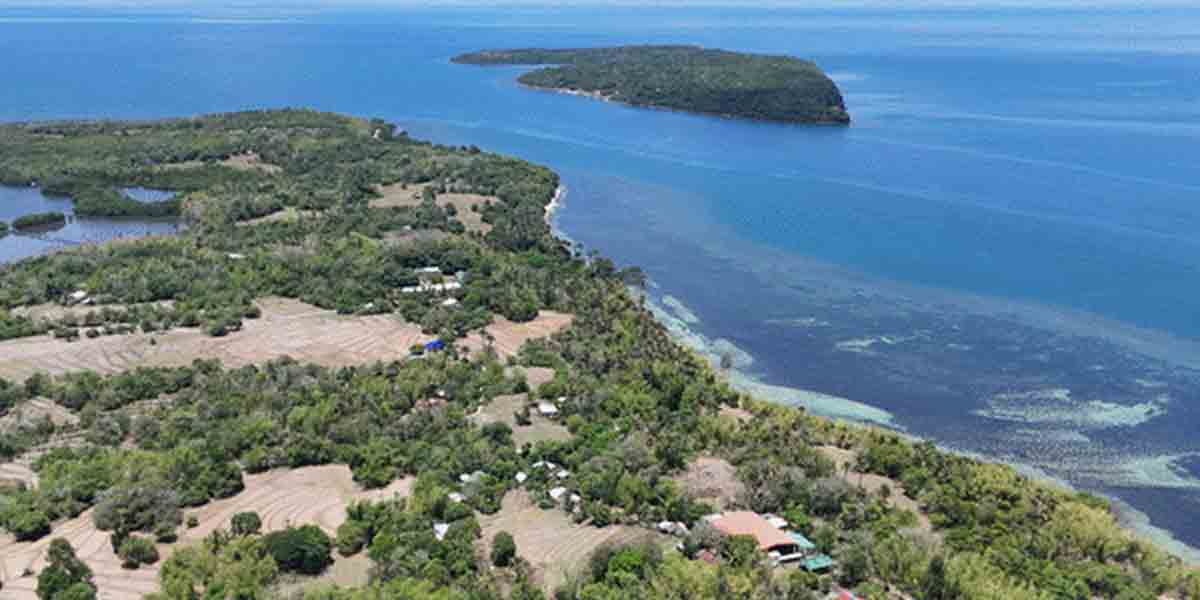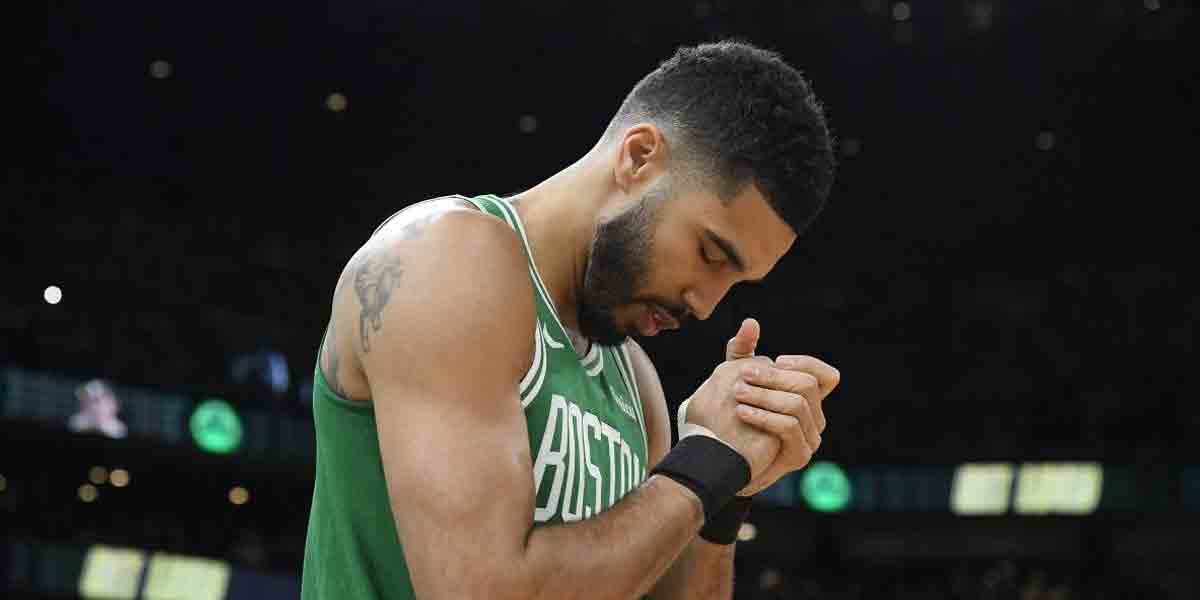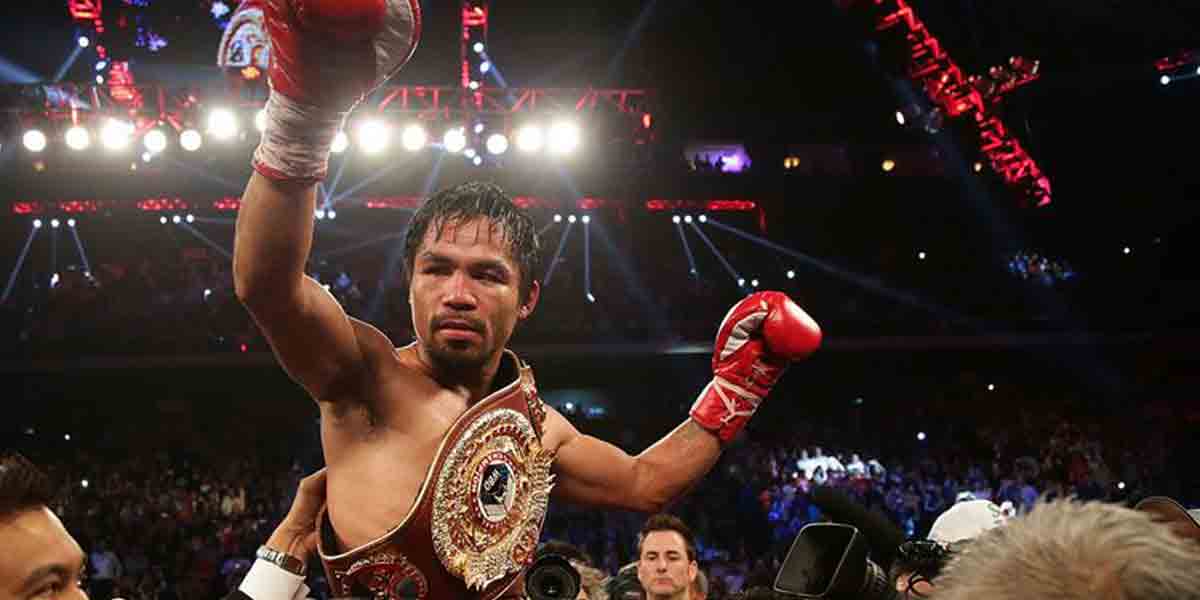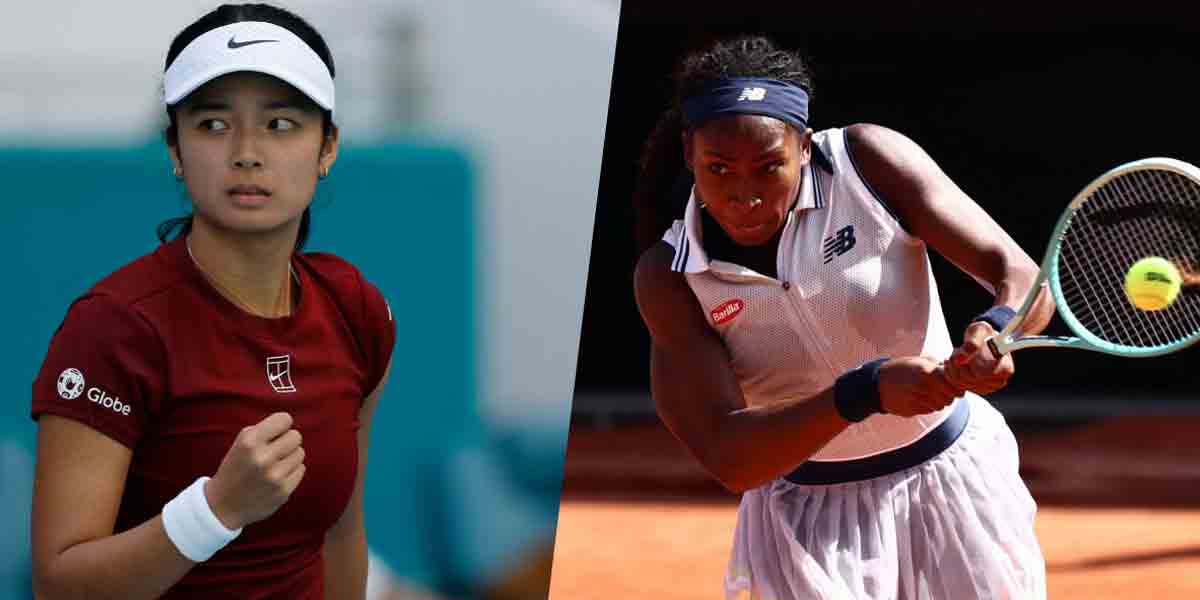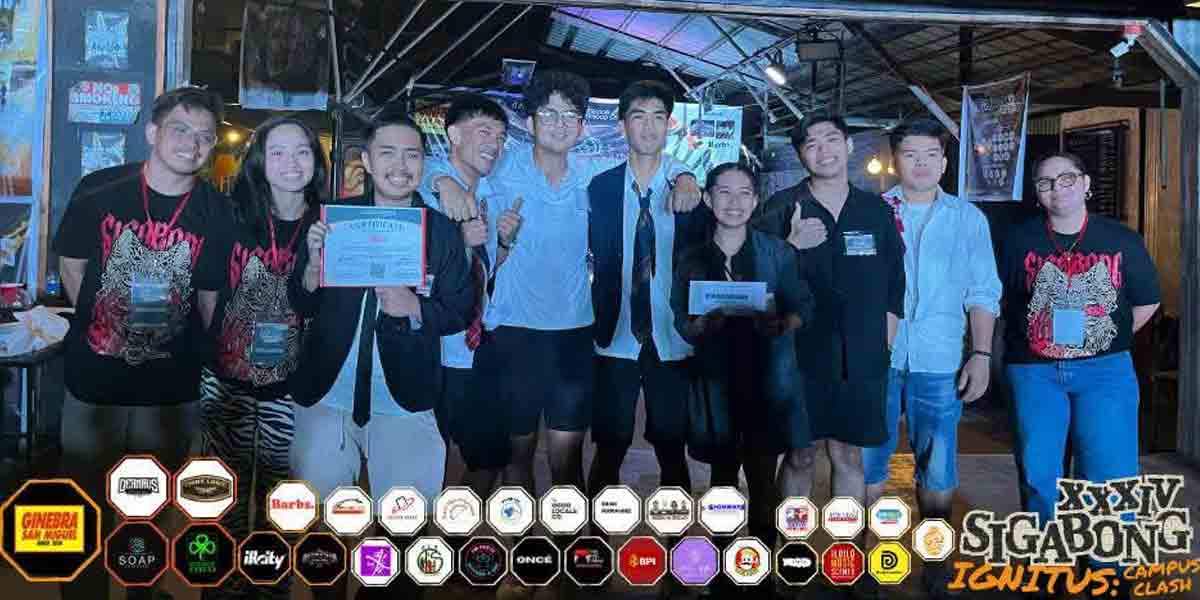By Herbert Vego
WE can’t count on all fingers and toes the number of Christian sects that we know about. We can’t even name nor recognize all the main groups that constitute the Christian religion worldwide.
Google tells us there are six main groups of Christianity in the world: The Church of the East, Oriental Orthodoxy, Eastern Orthodoxy, Roman Catholicism, Protestantism, and Restorationism. If some of them sound unfamiliar to us Filipinos, it’s because they are not well represented in our country.
Christianity is the majority faith in the Philippines. Roman Catholicism predominates as the largest Christian denomination comprising 78.8% of the population with 85,645,362 adherents, based on the 2020 Philippine Statistics Authority census.
The major Protestant branches in the Philippines include Baptists, Lutheranism, Methodism, Adventism, Anabaptism, Anglicanism, and Pentecostalism.
Within the Restorationist branch of Christianity, the well-known denominations include the Church of Christ of Latter Day Saints, Jehovah’s Witnesses and the Iglesia ni Cristo.
Whether you are a member or not of any of the above-mentioned, it usually depends on your “kinagisnan” or the faith you were born into. You and I tend to defend our kinagisnan as the “authentic” Christian Church.
One childhood memory reminds me of a “debate” at home pitting my late father Juan, a Seventh-Day Adventist, against his friend Gerardo, an Iglesia ni Cristo follower. It all began with Gerry trying to convince Dad that Jesus was “not God but a Son of God.”
Dad could not agree. Adventists believe Jesus Christ is God “manifested in the flesh”
My father retorted, “If Jesus were not God, why do you worship Him?”
I listened to the “debate” that dragged for an hour with no one giving up his position. Their friendship instantly soured. Tsk-tsk, they should never have argued over Jesus.
One of the wise statements I’ve ever read was in Dale Carnegie’s classic book How to Win Friends and Influence People: “A man convinced against his will is of the same opinion still.”
To this day, scholars and clergy debate endlessly over the godhead or divinity of the central character in Christianity.
In the first century of the Christian era, the Gnostics — members of a variety of related movements possessing “secret knowledge of God”– rejected the notion that Jesus had an ordinary, impure human body. The priest Arius of Alexandria postulated that Jesus, although the Son of God, was not equal in status, or nature, with God the Father.
In AD 451, this debate over Jesus’ nature was largely put to rest when leaders of the Christian church at the Council of Chalcedon – near the modern İstanbul, Turkey — declared that Jesus possessed both a fully human nature and a fully divine nature. All other notions of Jesus’ nature were declared heretic.
Even during the 16th-century Protestant Reformation in Germany, ex-priest Martin Luther stressed the divinity of Jesus as “Biblical.”
It was not until 1778 when another German scholar, Hermann Samuel Reimarus, begged to disagree. His book The Aims of Jesus and His Disciples presented Jesus as “entirely human” and his disciples as “deceivers.”
Friedrich Schleiermacher, another German theologian in the 18th century, portrayed Jesus as “divinely inspired, but not God incarnate.”
Albert Schweitzer — French theologian, organist, philosopher, physician, and medical missionary – argued in his book The Quest for the Historical Jesus (1906) that “Jesus was an apocalyptic-minded Jew who preached the imminent arrival of God’s kingdom within a wholly Jewish context without intending to launch a new religion.”
Former Roman Catholic American priest John Dominic Crossan, 90, a retired Philosophy professor at DePaul University in Chicago, no longer believes that Jesus came out of a virgin birth, died and resurrected. He now believes “he was just a charismatic shaman or an expert in healing the sick.”
Too bad, fugitive Filipino televangelist Apollo Quiboloy, who has spent most of his pastoral years promoting himself as “appointed son of God,” has disappeared and disappointed his believers.
-oOo-
CATCHING UP WITH MODERNIZATION TIMETABLE
MORE Power, the electricity-distribution utility in Iloilo has a self-imposed five-year modernization program targeted for completion in 2025.
Modernization is largely driven by two initiatives with two different purposes—the replacement of aging and obsolete infrastructure and the advancement and adoption of technologies.
There will be massive rehabilitation activities in this month of July. Since some work could not be done without shutting off power, the company informed us about inevitable scheduled brownouts.
Unlike in the previous months when rehab work took at least 12 hours to accomplish, they wIll be shorter at six to eight hours on four Saturdays – July 6, 13, 20 and 27.
For specific location, date and time of each rehab/outage, please see MORE Power’s Facebook page.



